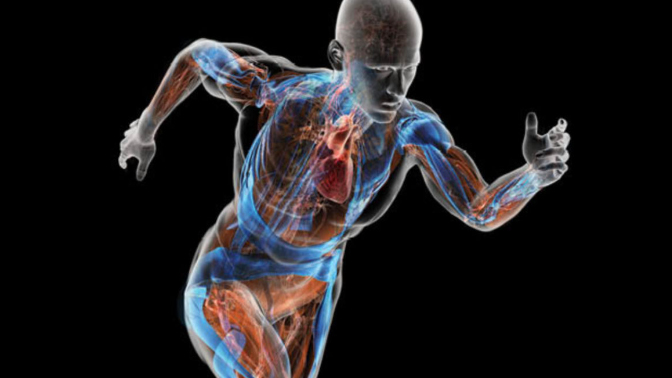Tensegrity has gained attention in the field of anatomy and physiology for its relevance to the human body and its musculoskeletal system.
The human body is a complex and highly efficient system, with bones, muscles, and connective tissues all working together to allow us to move and function. Tensegrity helps to explain how this system is able to support and transfer loads efficiently, allowing us to walk, run, and perform other physical tasks.
One key aspect of tensegrity in the body is the way it allows for movement and flexibility. The bones, which are in compression, are connected by muscles and tendons, which are in tension. This allows for a greater range of motion and the ability to adjust to different loads and forces.
Another important aspect of tensegrity in the body is the way it helps to distribute loads evenly throughout the musculoskeletal system. This can reduce the risk of injury, as it prevents any one area from bearing too much of the load.
In addition to its structural and functional benefits, the use of tensegrity in the body also has implications for overall health and well-being. By understanding and maintaining the balance between tension and compression in the body, we can help to prevent injury and maintain proper alignment and posture.
Overall, the concept of tensegrity is an important one in understanding the mechanics of the human body and how it is able to move and function efficiently. As we continue to learn more about tensegrity and its role in the body, it has the potential to inform new approaches to therapy, rehabilitation, and overall physical health.
